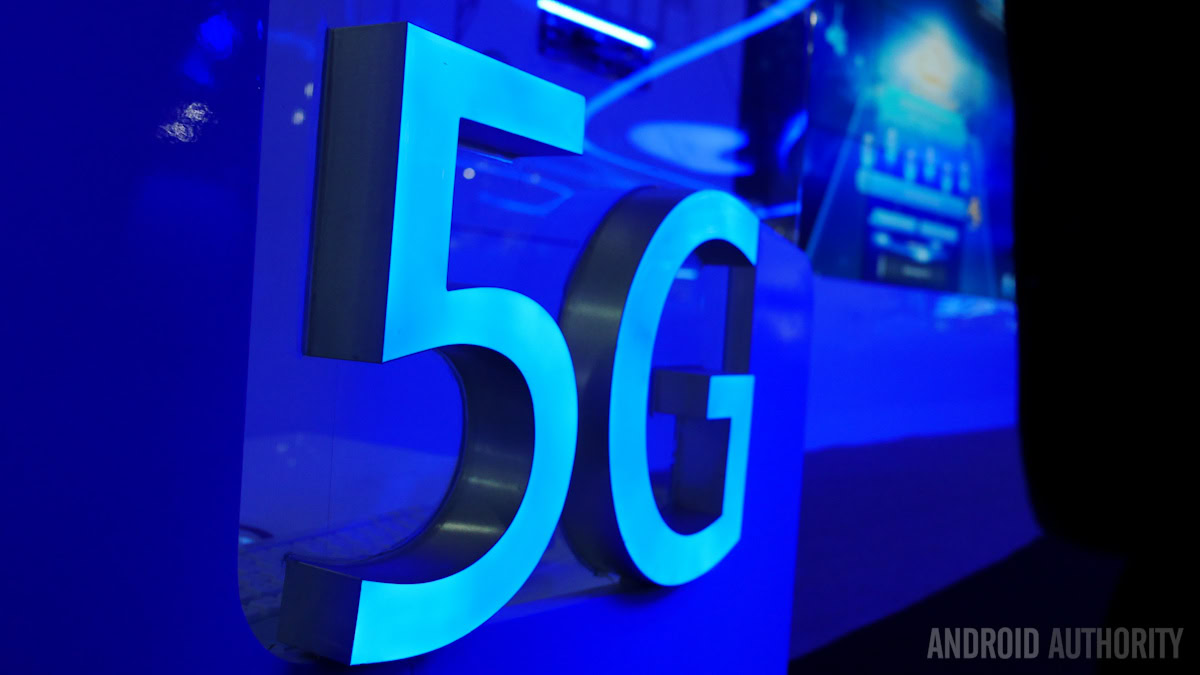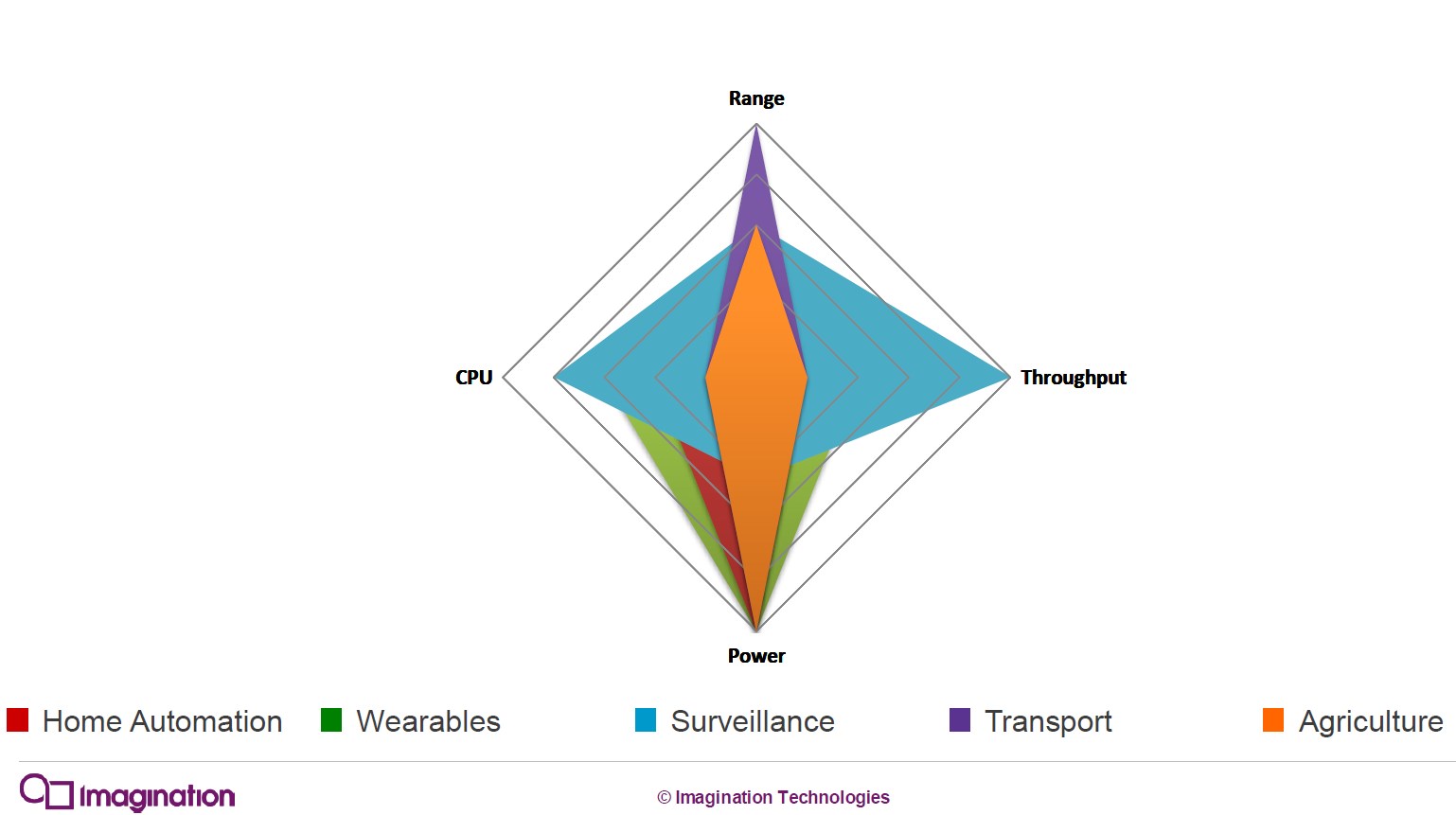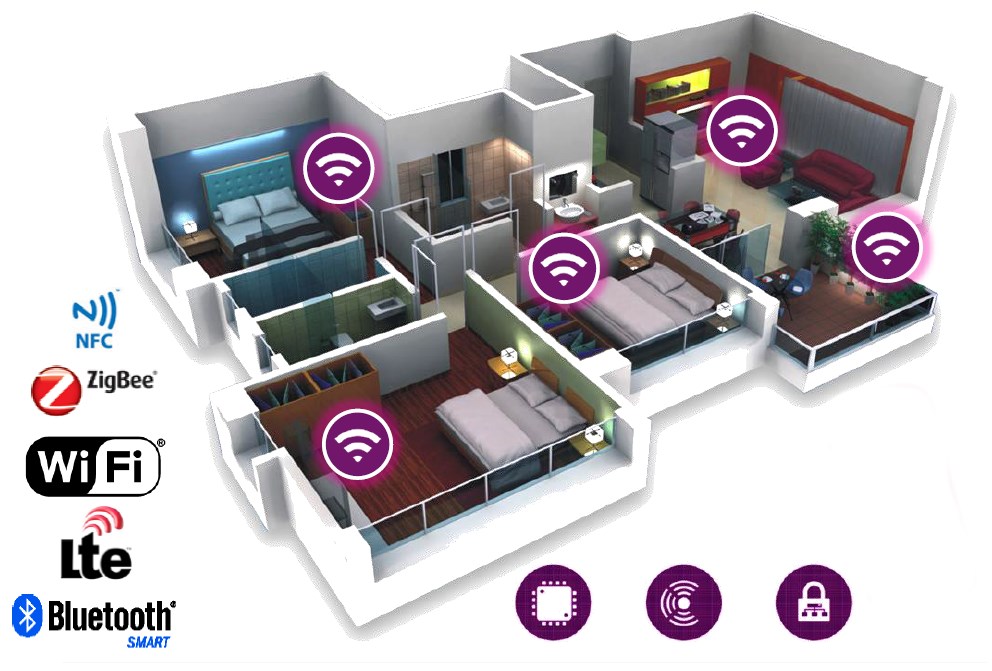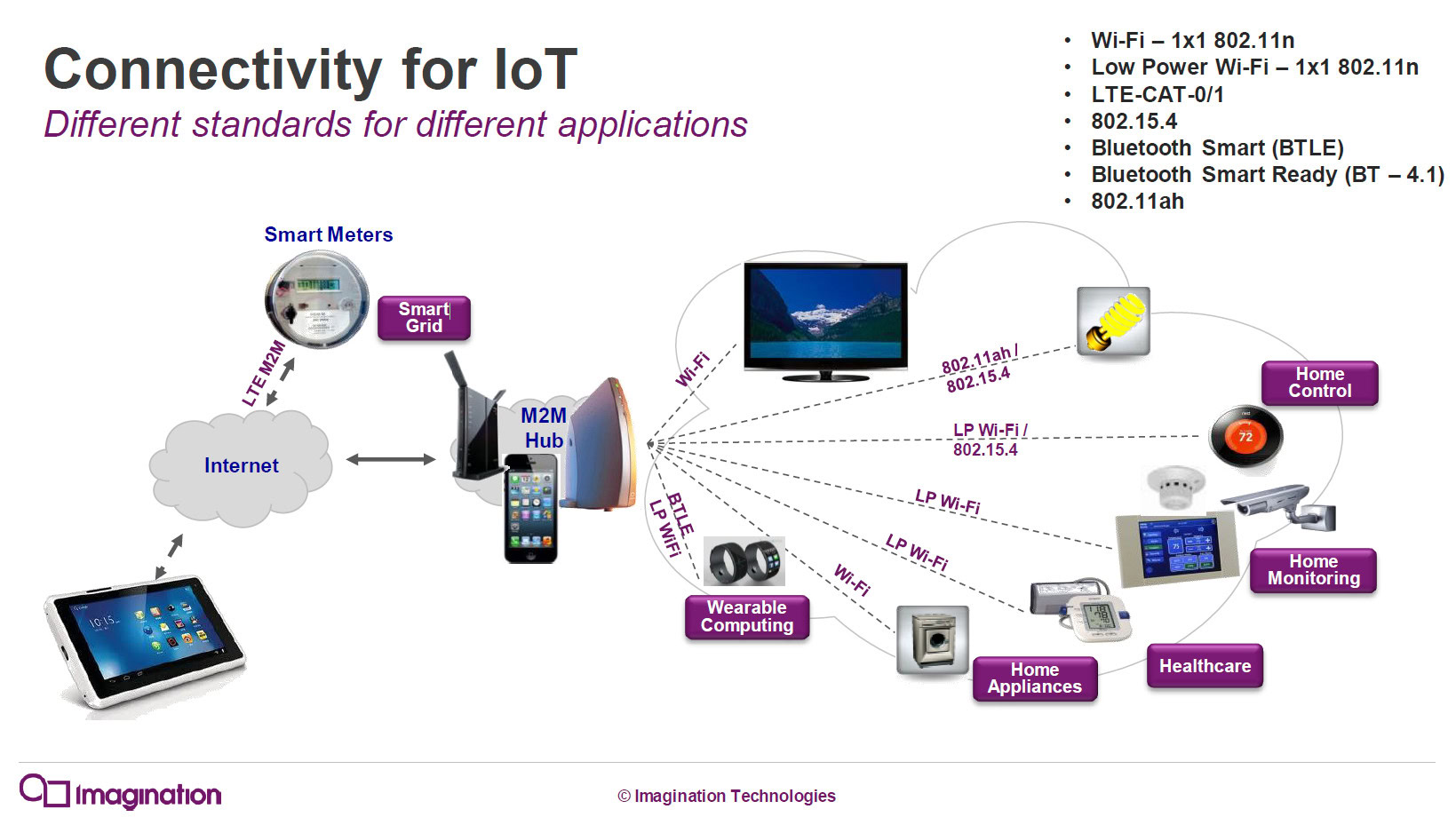Affiliate links on Android Authority may earn us a commission. Learn more.
5G, one wireless technology to rule them all?

The progress from 2G to 3G, and from 3G to 4G LTE has been primarily about improvements to the standards related to cellular technology. However the move from 4G to 5G could be quite different.
The current plan is for the 5G standard to be ready by 2020. However, during the 2018 PyeongChang Winter Olympic Games we will see a showcase and demonstration of 5G technology. This means that 5G is coming and it is coming fast.
But, there is more to 5G than just super fast cellular tech. There is an active and open discussion going on to see if 5G can in fact become the de facto for all wireless standards. No more Wi-Fi, no more Bluetooth, no more 4G LTE, just 5G, one wireless technology to rule them all.

It sounds like a great idea and the ideal is noble. However is it the right approach? At the moment if you go into certain buildings or go underground (on a subway train) then you will lose your cellular connectivity. However these places may have other wireless networks, like Wi-Fi. Wouldn’t it be great if you could receive calls to your cell number while using Wi-Fi. Well in some countries you can. EE, the UK’s largest 4G network provider, has enabled Wi-Fi calling when using London’s underground (subway) system. Simply connect your phone to the underground WiFi network and use your phone as normal.
So clearly there is some convergence between Wi-Fi and 4G LTE. This can also be seen with normal data usage. I have a generous 4G data plan and I have Wi-Fi at home with unlimited data. However, I don’t always switch from 4G to Wi-Fi when I get home, sometimes I forget that I have switched off the Wi-Fi on my phone but I just carry on using 4G, it doesn’t matter to me.
People tend to buy the products that get the job done at the right price, regardless of their technical purity.
Secondly, although there is a possible convergence at the high-speed, high-power end, is there such a convergence with the low-power, low-speed end? Probably not?
Different markets – different priorities
Each wireless technology can be quantified according to four different criteria: range, power, throughput and CPU usage. 4G LTE offers high-throughput with a long range. Wi-Fi offers high-throughput but with a short range. Bluetooth LE is for low-power scenarios, and so on.

I recently spoke with Richard Edgar, Director of Communications Technology for Imagination Technologies, about 5G. Imagination is helping shape the 5G standard and it recently joined the 5G Innovation Centre (5GIC) at the University of Surrey. As a Gold Member, Imagination has pledge to invest significant resources into 5GIC over the next five years, including both people and IP platforms. Its aim is to help 5GIC develop technologies that will be highly scalable and easily deployable.
But does that mean that Richard supports the idea of a unified 5G standard? No. Like me, Richard (and by extension Imagination) see that the high-end and the low-end of the wireless technology standards serve different purposes. The key growth area for wireless technology over the next 10 years probably won’t be 5G cellular technology, but rather the wireless tech of the Internet of Things (IoT).

For IoT the wireless solutions need to be designed for applications where a CR2032 cell battery needs to power a device for years (not weeks or days). The solutions need to be tailored for the unique opportunities that IoT presents. Even more importantly, the solutions need to be tailored for the consumer market and the existing protocols that are already well established in our homes and places of work.
For its part Imagination has a wireless platform called Ensigma. Like all of Imagination’s products, it is not an actual chip, but rather a design for a chip (or part of a chip) which can handle wireless technology. Just like its CPUs and GPU, chip makers can license the designs from it and incorporate them into actual silicon.
For example, the Ensigma Whisper Series5 RPU (Radio Programmable Unit) is a platform for low-power wireless standards such as Wi-Fi, Bluetooth and IEEE 802.15.4. It has been specifically designed for the low-power consumption markets such as the Internet of Things (IoT) and wearables. At the moment Ensigma supports over 30 communications standards, and as 5G evolves Imagination will update its designs accordingly.

The future
Even if 5G ends up being a giant standard that covers everything from low-power IoT devices to high-speed internet over cellular, my suspicion is that it will still in fact just be lots of standards all lumped under one label.
You have heard of MP3, right? Well technically its full name is MPEG-2 Audio Layer III. It was designed by the Moving Picture Experts Group (MPEG) as part of its MPEG-1 standard and later extended in the MPEG-2 standard. MPEG-2 is the basis of DVD-Video and although it is still around it has been superseded by newer standards such as H.264 and H.265/HEVC, however MP3 still lives on, and it will still live on long after we stop encoding video with MPEG-2.
Consumers can be quite fickle and tend to completely ignore what standards committees decide.
The reason I mention MP3 is that it is part of a bigger standard, but yet it seems to have a life of its own, outside of that standard. For the technical among you, the same can be said of X.509. Back in my software engineering days I actually worked on an implementation of X.500, today nobody even talks about X.500, but X.509 (a part of the X.500 series which defines a standard for a public key infrastructure) is still used heavily today.
If 5G actually becomes a collection of standards then we may find that bits of it live on, while other bits die. Consumers can be quite fickle and tend to completely ignore what standards committees decide. People tend to buy the products that get the job done at the right price, regardless of their technical purity. The cellular radio parts of 5G will likely succeed, however I am not too sure about the rest!